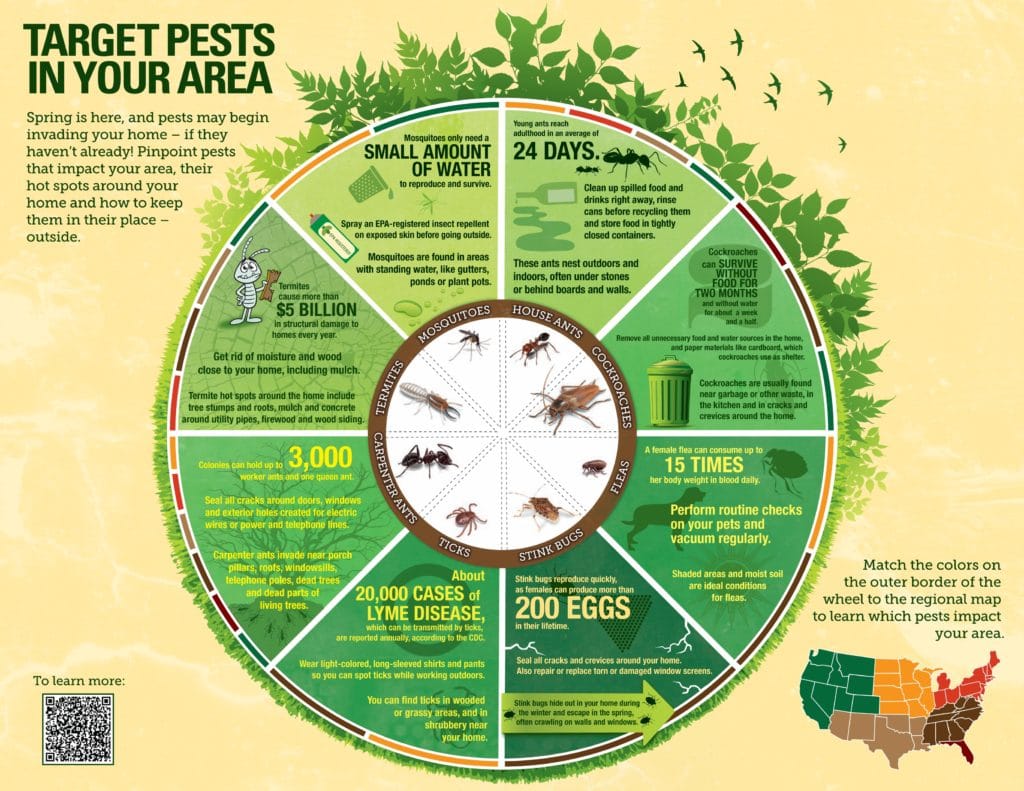The Function Of Parasite Exterminators In Environmental Sustainability
The Function Of Parasite Exterminators In Environmental Sustainability
Blog Article
Post Created By-Bjerg Peterson
You might think that parasite exterminators are just concerned with getting rid of pests, however their role exceeds that. see here now play an essential part in ecological sustainability.
By using incorporated pest monitoring techniques, they not only get rid of parasites however also guard biodiversity.
Furthermore, they use lasting bug elimination methods to reduce ecological dangers.
So, next time you wonder about the value of insect exterminators, remember their contribution to a greener and healthier planet.
The Value of Integrated Parasite Management
You ought to comprehend the relevance of incorporated insect monitoring in maintaining a sustainable atmosphere.
Integrated Insect Monitoring (IPM) is a method that focuses on preventing and controlling bugs while lessening the use of hazardous chemicals. By implementing IPM methods, you can successfully handle parasite populations without creating harm to the atmosphere.
One vital aspect of IPM is using organic controls, such as predators and parasites, to naturally regulate pest populaces. This lowers the need for chemical pesticides, which can have damaging effects on wild animals and environments.
In addition, IPM promotes making use of social and physical controls, such as crop turning and exclusion techniques, to stop insects from becoming a problem to begin with.
Shielding Biodiversity Through Pest Control
We can protect biodiversity through efficient insect control methods that focus on the preservation of all-natural ecosystems. By employing responsible bug control techniques, we can safeguard and maintain the fragile equilibrium of species within our environment. linked internet page are 3 methods which insect control adds to safeguarding biodiversity:
- ** Protecting native plants and animals ** - By targeting invasive types that intimidate indigenous plants and pets, parasite control assists make certain the survival of indigenous varieties and preserves the all-natural diversity of ecosystems.
- ** Preventing the spread of illness ** - Regulating bugs such as mosquitoes and ticks reduces the risk of illness spreading to wildlife populations, securing biodiversity and avoiding prospective break outs.
- ** Saving jeopardized varieties ** - By handling insects that victimize or compete with endangered varieties, bug control efforts can enhance the possibilities of survival and advertise the recovery of vulnerable populaces.
Through liable parasite control methods, we can proactively contribute to the conservation of biodiversity and the sustainability of our environment.
Mitigating Environmental Dangers With Sustainable Parasite Extermination Approaches
By utilizing sustainable parasite extermination techniques, you can efficiently mitigate environmental dangers while making certain the security and well-being of both human beings and the all-natural community. Traditional bug control methods commonly entail using harmful chemicals that can have destructive results on the setting.
Nevertheless, lasting insect extermination approaches focus on decreasing these risks by utilizing eco-friendly options. For example, incorporated insect administration (IPM) methods focus on using safe and biodegradable products, as well as all-natural killers to control pest populations. This method not just minimizes the negative impact on the environment yet likewise aids to preserve the delicate equilibrium of the community.
Additionally, lasting pest extermination techniques promote the preservation of biodiversity by targeting particular parasites without damaging helpful organisms. By taking on these methods, you can add to an extra sustainable and eco-friendly strategy to pest control.
Final thought
You are the pest exterminator, the guardian of nature's consistency. With integrated insect management, you stabilize the delicate environment, making certain the survival of diverse species.
Via sustainable methods, you mitigate ecological dangers, keeping the fragile equilibrium undamaged.
Like a harmony conductor, you manage the rhythm and circulation, safeguarding the biodiversity that dancings in ideal consistency.
With every action you take, you produce a globe where nature grows, where insects retreat, and where sustainability preponderates.
